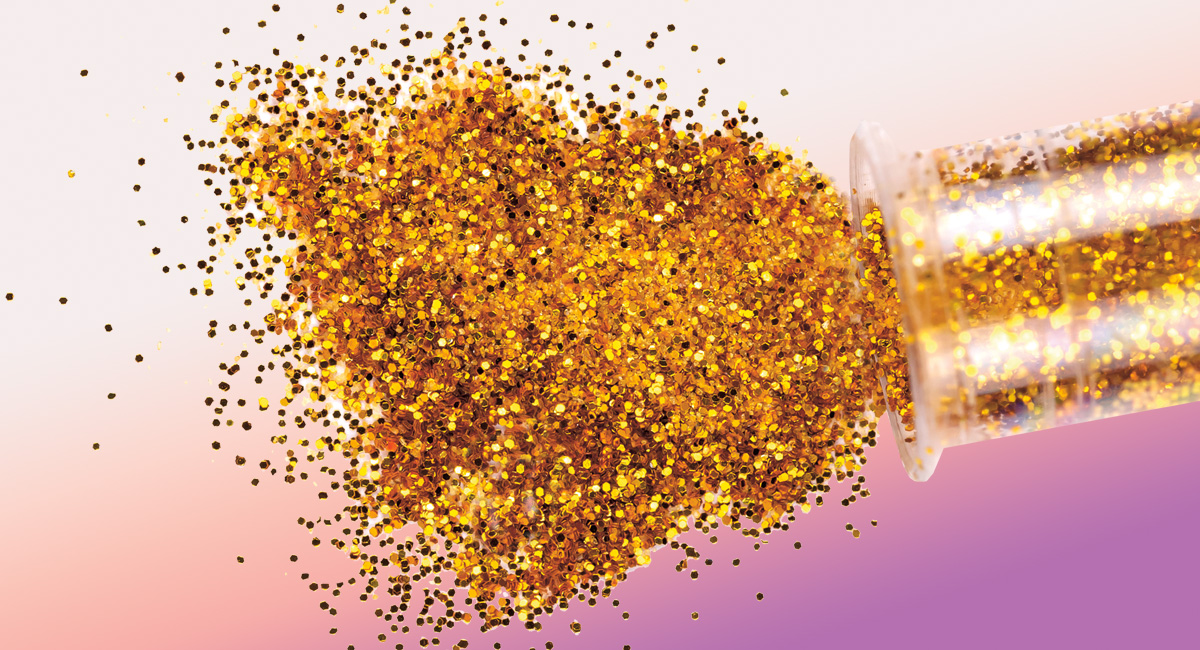When you’re making a holiday card or craft, what might you reach for to make it sparkle? For many kids, there’s just one answer: glitter! This material adds shine to decorations, nail polish, slime, and more!
Dannielle Green once loved using glitter too. She fondly remembers being a kid and adding glitter to make her arts and crafts projects shimmer. But today, Green sees glitter in a much different light.
Green is an ecologist, a scientist who studies how living and nonliving things interact with one another. She understands that glitter doesn’t just make a mess in the craft room. Now she sees how it also harms the environment.
This happens because most glitter is made from plastic. That’s the same material used to make water bottles, toothbrushes, and all kinds of other things in your daily life. When tiny specks of glitter get washed down the drain, they pollute lakes and oceans. Plastic pollution is one of the most serious environmental issues. Humans toss out around 400 million tons of plastic a year!
So is it time to stop using glitter for good? Can we find a better way to sparkle?
You’re making a holiday card or craft. What might you reach for to make it sparkle? There’s just one answer for many kids. It’s glitter! It adds shine to decorations, nail polish, slime, and more!
Dannielle Green once loved using glitter too. She remembers using it as a kid. She added glitter to make her arts and crafts projects shimmer. But today, Green sees glitter in a much different light.
Green is an ecologist. That’s a scientist who studies how living and nonliving things act with one another. She knows glitter doesn’t just make a mess in the craft room. It also harms the environment.
Most glitter is made from plastic. That’s the same material used to make water bottles and toothbrushes. In fact, it’s used in most things you use in your daily life. Tiny specks of glitter can get washed down the drain. Then they pollute lakes and oceans. Plastic pollution is one of the most serious environmental issues. Humans toss out around 400 million tons of plastic a year!
So is it time to stop using glitter for good? Can we find a better way to sparkle?

